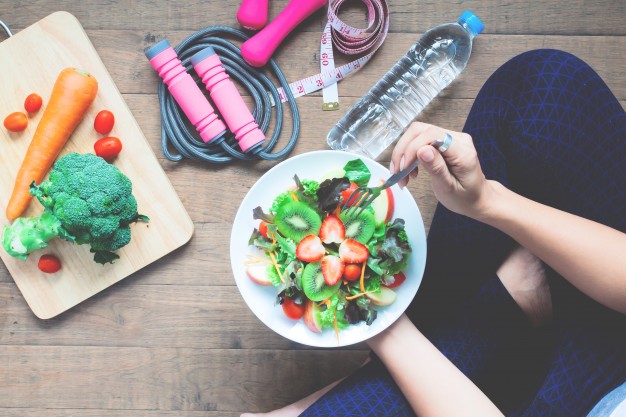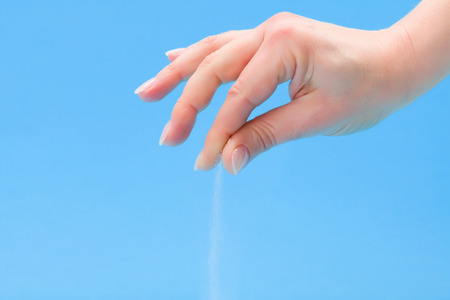Celebrity nutritionist and founder of www.nourishgenie.com, Pooja Makhija weighs in on the easiest way to diet.
Let’s face it. No one likes to diet. If you’re used to getting your four square meals a day, the word ‘diet’ conjures up scenarios of no meals at all, of empty plates or you emerging from the fridge empty-handed, wistful about the old days when you could, quite simply, eat. How about banishing that scenario, and creating a new one where no foods are the enemy, and where being healthier is a lot easier than you think?
The trick is not to eat sparse but eat smart and no, there is absolutely no need to go crazy. Think of your body as a willful child. Or better yet, a hormonal teenager. The more you restrict your intake, the more it will fight back . So here are some weight loss tips that will not only help you reach your goal weight but also help you stay there.
- Love All, Eat All
The easiest way to diet is to include all foods – or mostly all – but to ensure that they are eaten in moderation and prepared healthfully. On my diets I prescribe pasta, noodles, rice, roti, bread, mangoes – almost everything except a few foods like red meat, for example. In this way, you don’t feel deprived and you resist the urge to play truant. Starvation – or even fad diets – is the worst thing you can do to yourself. Food is the only source of fuel for your body and the best diets consist of a daily consumption of 65% carbs, 25% protein and 10% fats. You can get a general diet online – by calculating your Basal Metabolic Rate online and subtracting 100 calories from it. So if your BMR is 1500 calories, you need to choose a 1400 calorie diet – or even a customized one from www.nourishgenie.com – which obviates the need to meet a nutritionist in person.
- Eat Every Two Hours
Apart from breathing, eating and sleeping, your body burns calories digesting food. Breaking up your meal plan into smaller meals and eating every two hours ensures that your body is constantly in the ‘gym’, burning more calories through the day than it normally does.
- Eat Smart
Choose weight loss foods that your body burns more calories to digest than the calories they contain – called negative calorie foods, these include apple, grapefruit, lettuce, for example – as well as include more healthy weight loss foods like egg whites, salmon, leafy greens, beans, legumes, broccoli, sprouts, boiled potatoes, cottage cheese and avocados.
- Exercise
You don’t have to go mad. Just a daily brisk walk will do but if you find that that’s not quite your cuppa tea and the thought of walking daily bores you to death, you can do aerobics, Zumba, running or whatever gets you moving.
- Hydrate and Sleep
Drink lots of water and get your Zzzzs in. Both lack of sleep and water have been scientifically proven to derail weight loss efforts so don’t forget to get plenty of rest and fluids to use these weight loss tips well make your weight loss wishes come true.


